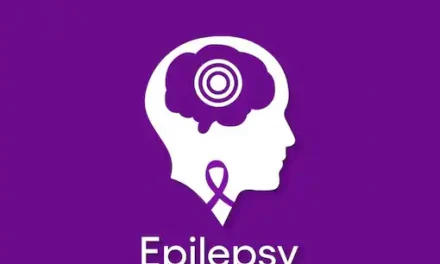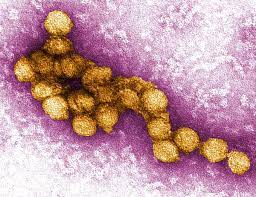In a groundbreaking study analyzing brain images from over 2,500 individuals with Parkinson’s disease across 20 countries, scientists have identified patterns of neurodegeneration and established metrics for each of the five clinical stages of the disease.
The research, published in npj Parkinson’s Disease, marks a significant advancement in understanding Parkinson’s disease. The extensive data obtained could lead to critical developments in diagnostics and provide new ways to test and monitor treatments more effectively than ever before.
Mapping the Progression of Parkinson’s Disease
Parkinson’s disease is a progressive neurological disorder affecting approximately 4 million people worldwide. It primarily impacts movement-related brain structures, and its progression varies significantly between individuals. It can take up to 20 years to progress through all five stages.
The disease typically begins with tremors, muscle stiffness, and slowed movement on one side of the body. Symptoms then advance to both sides, and in the final stage, patients require a wheelchair as leg stiffness prevents walking.
“Clinical diagnosis, supported by complementary tests, has been well established for many years. However, for the first time, it has been possible to relate the progression of the disease to measurable changes in brain images,” said Fernando Cendes, senior researcher at the Brazilian Research Institute for Neuroscience and Neurotechnology (BRAINN).
Key Findings and Implications
BRAINN is part of the Enigma Consortium, a global research network that studies neurological and psychiatric disorders using high-resolution brain imaging and genetic data. The study found that in addition to changes in the basal ganglia—brain areas linked to automatic movement—progressive alterations occur in other cortical regions as the disease advances.
“As each stage progresses, we see a greater degree of atrophy and hypertrophy not only in movement-related structures but also in other cortical areas,” Cendes explained. “Additionally, some structures change shape, such as the thalamus thickening and the amygdala shrinking.”
These microscopic changes are imperceptible to the naked eye but can be identified using artificial intelligence and advanced imaging programs, allowing researchers to track disease progression with unprecedented precision.
Impacts on Diagnosis and Treatment
The study’s findings have three major implications:
- Improved Diagnosis – The morphometric data obtained provide sensitive and reproducible metrics that can enhance clinical diagnosis. AI-driven programs could support clinicians in identifying disease progression more accurately.
- Advancing Treatment Development – Currently, Parkinson’s disease has no cure. Existing treatments primarily address dopamine deficiency, which drives symptoms. However, as the disease progresses, patients experience additional non-motor symptoms like depression, anxiety, and cognitive decline. The new metrics identified in this study could help evaluate the effectiveness of emerging therapies.
- Advancements in Data Science – With a dataset spanning multiple countries, research groups, and disease stages, this study not only advances Parkinson’s research but also contributes to AI-driven medical data analysis, paving the way for further studies on other neurological disorders.
“These new measures are essential for assessing future therapies to ensure they impact all affected brain areas, not just those linked to movement,” said Cendes.
Looking Forward
By identifying quantifiable markers for each stage of Parkinson’s disease, this research lays the foundation for better diagnostic tools and more effective treatments. Future studies leveraging AI and big data may further revolutionize our understanding of neurodegenerative diseases, ultimately leading to improved patient care worldwide.
Disclaimer: This article is for informational purposes only and does not constitute medical advice. Readers should consult healthcare professionals for diagnosis and treatment of Parkinson’s disease or any other medical conditions.












